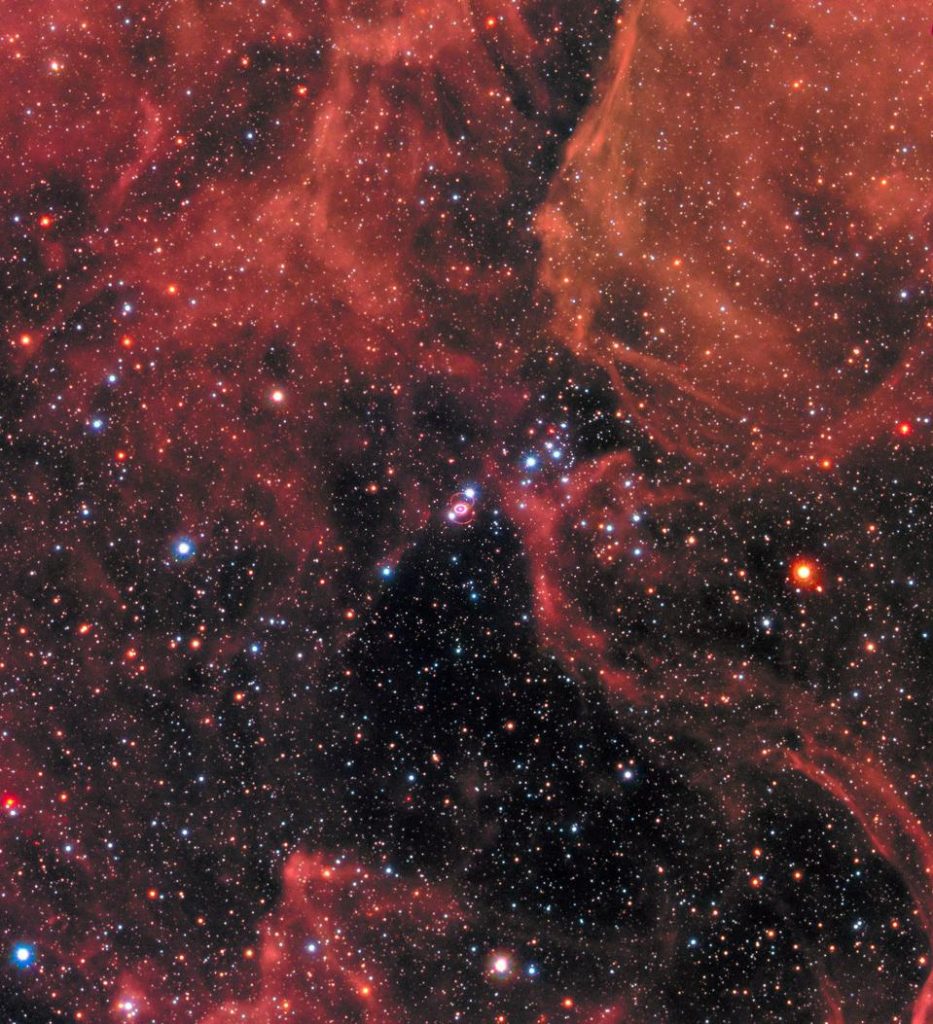How old are the stars? The short answer is “It’s complicated”, but we can have some fun with this question. For example did you know that there is a star that is older than the universe? That is right. Scientists estimate the age of the universe at 13.8 billion years, but they also believe there is a star that is 14.2 billion years old. This discrepancy is referred to as the “age paradox” and it pits cosmologists against astrophysicists. Now isn’t that fun?
Cosmologists measured cosmic microwave background radiation to derive the expansion rate of the universe. The expansion rate allowed them to extrapolate back to the Big Bang, a theory that there was once a state of hot denseness that exploded out, stretching space. Cosmologists also incorporate dark energy and gravitational waves into their estimates for the age of the universe. Researching dark energy feels like descending into a black hole. We will save that for another Name a Star blog.
So why do astrophysicists believe they found a star that is 14.2 years old? Astrophysicists focus on individual stars and star clusters, not the entire universe like cosmologists. Various methods and tools are involved in stellar age estimation, such as mass, color, and luminosity. No individual method is accurate for all stars and the estimates are just that, estimates. For example, the error range for the oldest star is 800 million years. That means its age is actually between 13.4 and 15.0 billion years old.
The official name of the oldest star is HD 140283, but its common name is Methuselah — named in reference to a biblical patriarch, who is said to have died at age 969, making him the longest lived of all the figures in the Bible. Scientist have long known that the star Methuselah was old, since the metal-poor subgiant is predominantly made of hydrogen and helium and contains very little iron. Its composition meant the star must have come into being before iron became commonplace in the universe.
What about the youngest star? SN 1987A is a plucky young neutron star that survived a supernova first discovered in 1987. It is not actually visible because it is hiding behind a hot blob of stellar dust left over from the supernova. I told you this would be fun.

